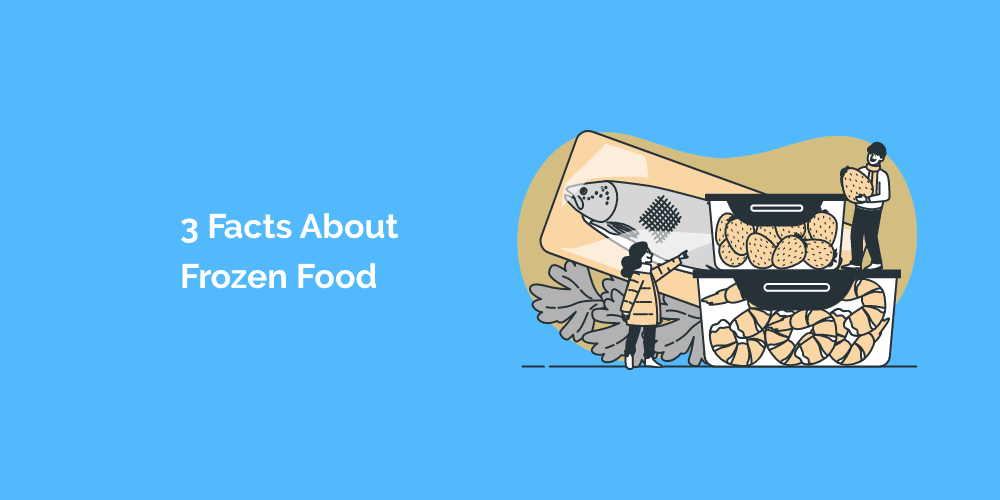Here are 3 Facts about Frozen Food
Cold Chain industry is the fastest growing industry in the food & transport business. There is a lot of technology development every day based on Internet of Things. Continued success depends on the keen maintenance of the ‘Cold Chain’ like production, distribution, packing, transportation and retailing of the frozen/chilled foods.
There are a lot of myths in the food industry on freezing and chilling foods. Some foods should be frozen and some should be chilled. Most of the times, food is frozen! Why?
Here are 3 facts about freezing the food products:
Maintain the Temperature: Once the temperature is set in a ‘cold chain’ it will not be the same throughout the process of supply, storage, and retailing. The temperature rises and falls at times. Rigidly, one should maintain the temperature less than 41⁰F if it chilled and less than -0.4⁰F to freeze. If the temperature is above or below, the purpose of cold chain is not served and the food could be wasted.
3 P’s for Quality: Product, Process, and Packing are the 3 Ps in Cold Chain industry which speaks about the quality of the products. 3 P’s are considered at the early stage of production, which dictate the commercial success of the brand later. Who doesn’t want to have the good quality food? The immediate chilling of the food produce right after harvest certainly preserves the freshness and the quality.
3 T’s in Cold-Chain Business: Time, Temperature-Tolerance are the factors which matter after packing. The 3 T’s maintain the safety and quality of the food produce in the cold chain during transportation and storage. Here, temperature sensitive goods require much more attention. Different foods have the different temperature to be stored at and should maintain the temperatures to improve the shelf-life of the food products and slow down the process of growing bacteria.
How long can the food be frozen:
This depends on the nature of the food but the basic thumb rule is ‘the colder the better’. The commercial freezers should opt for the temperature below -0.4⁰F where the fruits, vegetables, red meat stay fresh with all the nutritional properties.
Perishable foods should be frozen & maintained below -0.4⁰F. If the food is chilled it must be maintained between -30⁰F to 46⁰F.
Freezing foods could be the best option but monitoring them thoroughly will give you peace of mind knowing they are safe.
Check out this blog on how to maintain the optimal temperatures during transportation in detail.








